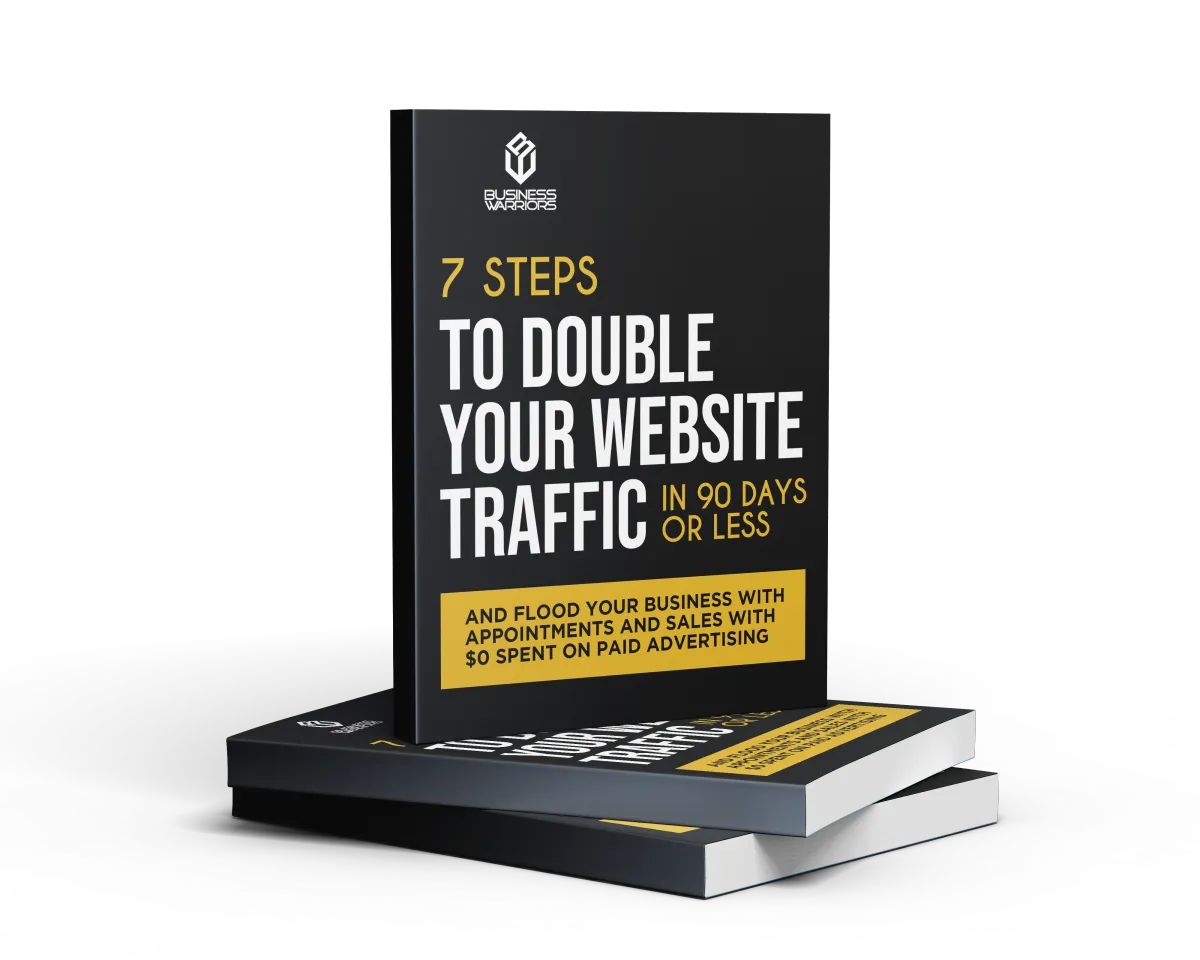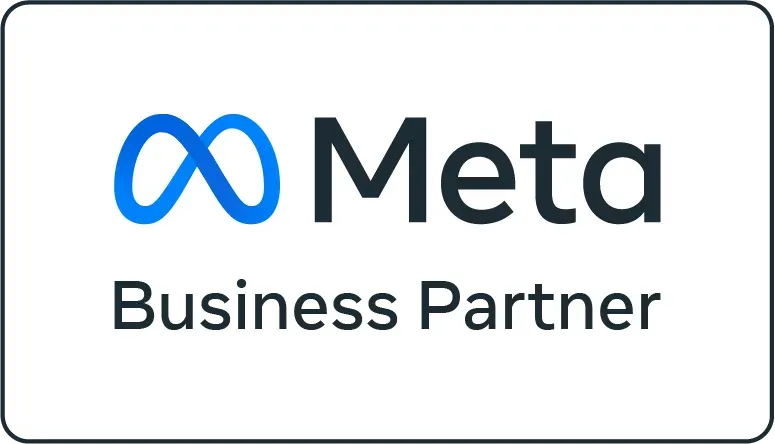Blog

The Evolution of the Business Development Funnel in the Digital Age
The business development funnel, also known as the sales funnel, has evolved significantly over the past decade as companies have adapted to the digital age. With increased access to data and insights about potential customers, the funnel has become more strategic and targeted. Understanding the modern sales funnel and its stages is critical for running an effective business development program in today's digital landscape.
What is the Business Development Funnel?
The business development funnel is the process of turning a prospect into a customer. It consists of the stages a potential customer goes through on their journey from initial awareness of a product or service to becoming a paying client. The traditional sales funnel had 4 broad stages - awareness, interest, evaluation and purchase. However, as buying journeys have become more complex, the modern sales funnel now typically contains the following more granular stages:

Awareness Stage
This initial stage is when the potential customer first becomes aware of a product or brand. In the digital age, this often happens online via social media, pay-per-click ads, PR, content marketing or other digital channels. Creating brand awareness online is a key business development activity.
Consideration Stage
Once a prospect is aware of a brand, they enter the consideration phase. Here they are determining if the product or service fits their needs. Providing the right information to prospects to aid consideration, such as product details, customer case studies and free trials, can help transfer leads down the funnel.
Engagement Stage
At this point, the prospect engages directly with the brand, often through actions such as visiting the website, signing up for a newsletter or following on social media. The goal here is to nurture prospects with useful, relevant information that builds trust and a relationship.
Evaluation Stage
Now the prospect is evaluating solutions and determining if purchasing from this company is the right choice. Sales teams provide demos, free trials and pricing to help prospects assess the product and company. Comparing competitors is common at this stage.
Decision Stage
The prospect has determined they will purchase from this brand and is ready to become a customer. Price negotiation, contracts, paperwork and payment finalisation occurs. Customer success or implementation teams get involved to ensure a smooth onboarding process.
How the Digital Age Has Transformed the Funnel
The key shifts in the business development funnel driven by the digital revolution include:
A focus on inbound lead generation through digital channels instead of traditional outbound sales tactics. Pull marketing strategies like content marketing now play a bigger role.
Increased personalisation of messaging as online behavior provides insights into prospects' interests and pain points. Marketing automation enables customised, timely communications.
Content-led approaches throughout the funnel focused on engagement and education rather than hard-selling.
Utilising analytics to quantify and optimise funnel performance. Marketers can now track actions across digital channels to improve conversions at each stage.
Advanced lead nurturing techniques to build relationships over time. Tactics may include personalised email sequences, retargeting and social media engagement.
Omni-channel, integrated experiences across platforms and devices. The buyer journey often spans multiple touchpoints, both online and offline.
A blurred line between marketing and sales as responsibilities become more aligned. There is more collaboration between the teams.
An Account-Based approach for high-value accounts that coordinates targeted sales and marketing activities.
The tools to understand and impact prospects have grown significantly. As a result, the modern business development funnel is more strategic, digital and metrics-driven.
Key Stages of the Modern Business Development Funnel
While the high-level stages of the sales funnel remain similar, the modern funnel has a number of more defined phases that align to the digital-first customer journey. Here are some of the key stages:
Lead generation - This initial phase focuses on attracting potential buyers through digital tactics like pay-per-click, content marketing, email campaigns and referrals. Leads are captured through online forms.
Lead qualification - Leads are evaluated based on criteria like demographics, interests and likelihood to buy. Low quality leads are nurtured or discarded. Strong leads pass to sales-ready stages.
Lead nurturing - Warm leads who are not yet sales-ready enter nurturing tracks that provide relevant content over time to build awareness and affinity. The goal is to turn warm leads hot.
Sales conversations - Hot leads connect with sales teams for demos, pricing and negotiations. Personalised conversations continue nurturing leads closer to a purchase decision.
Opportunity creation - The sales team qualifies leads to create a sales opportunity containing info like projected revenue and deal stage. Opportunity data helps forecast sales.
Opportunity nurturing - Sales engages with qualified opportunities to advance them through the buying process until a deal is closed and customer acquired. Content and conversations move opportunities forward.
Mastering this new, digital sales funnel is allowing companies to achieve higher conversions of prospects to customers. It enables more strategic business development rooted in data-driven insights about buyer journeys in the digital age.
WHAT WOULD YOUR RETURN ON INVESTMENT LOOK LIKE USING OUR DIGITAL MARKETING VORTEX METHOD TO YOUR BUSINESS?
GET THE DIGITAL MARKETING AGENCY SECRETS: 7 STEPS TO DOUBLE YOUR WEBSITE TRAFFIC IN 90 DAYS OR LESS






